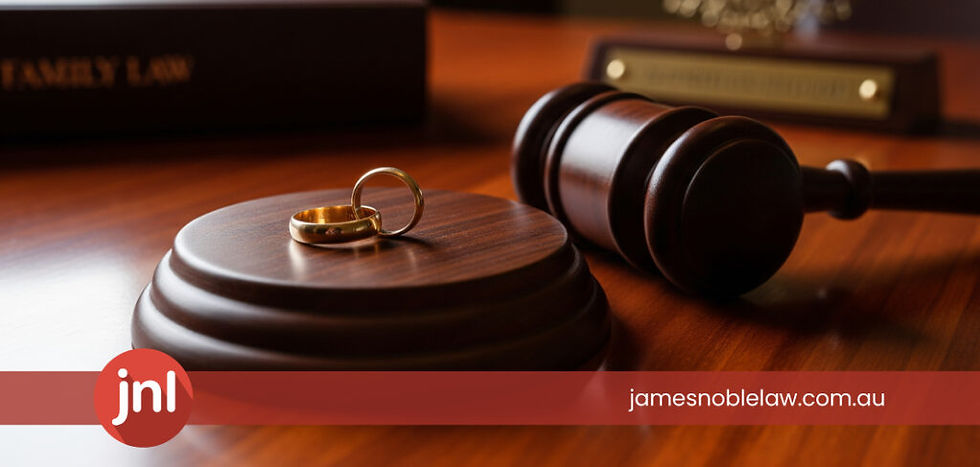Can you use secret audio recordings in family law?
- jnflbrisbane
- Aug 16, 2022
- 3 min read

Can you use secret audio recordings in family law?
As technology continues to evolve, it is becoming more common for clients to ask whether they can use secret audio recordings in their family law matters. Before you consider recording your conversation with the other party, there are several important factors that you need to consider, including:
Whether the recording is legal to make in Queensland;
Whether a Court will allow the recording to be used as evidence; and
Whether you have an obligation to disclose the recording even if it does not achieve the desired purpose.
Queensland law for secret audio recordings in family law
While the legislation varies in the other Australian States, you can legally record a conversation with another person in Queensland, provided you are a party to the conversation. Pursuant to section 138 of the Evidence Act 1995 (Cth) (‘EA’), the Federal Circuit and Family Court of Australia (FCFCOA) has a broad discretion to exclude such recordings if obtained improperly or illegally. In deciding whether to exclude a recording, the FCFCOA must take into account the following:
The value of the evidence to be obtained from the recording;
The importance of the evidence to be obtained from the recording;
The nature and subject matter of the proceeding;
How the recording was obtained (whether it was reckless or deliberate); and
The difficulty in obtaining the recording legally.
The FCFCOA may also exclude a recording under section 135 of the EA if the recording is unfairly prejudicial to the other party, misleading or confusing, or may result in wasting the Court’s time.
FCFCOA position
The Court is more likely to accept secret recordings as evidence in parenting matters or in matters involving domestic and violence family. There are several notable cases that deal with this issue:
Coulter & Counter (No. 2) [2019] FCCA 1290 – the mother alleged that the father was being intimidating, abusive, and coercive at changeovers so the mother recording the changeovers. The Court allowed the recordings to be admitted into evidence on the basis that the mother feared for her safety and believed that the children were being exposed to family violence.
Janssen & Janssen [2016] FamCA 345 – the mother alleged that the father was perpetrating domestic violence against her. The mother recorded the father admitting to making violent threats against her life. Justice McClelland admitted the recording into evidence, noting that “it is notoriously difficult to obtain evidence of family violence which takes place behind closed doors”.
Simmons & Simmons [2013] FCCA 304 – the mother planted a recording device on the child when they were spending time with the father. Although the recordings were admitted into evidence, Justice McGuire commented: “I am satisfied on the balance of probabilities that the father did act in this way. This is insightful and selfish behaviour…similarly however, the mother’s actions in sending the child for supervised visits with recording equipment secreted on her is similarly appalling behaviour.
Duty of disclosure
In family law, the duty of disclosure extends to audio recordings. Therefore, you are required to disclose to the other party any audio recordings in your possession that are relevant to the proceedings, whether or not you intend to rely on such recordings as evidence.
In light of the above, it may not always be in your best interests to use secret recordings. However, the usefulness of a recording may far outweigh the implications in circumstances where domestic or family violence has occurred and/or the children are at risk of harm.
If you have any questions in relation to audio recordings and their probative value in family law proceedings, contact the team at James Noble Law for a free, no-obligation, confidential discussion.
For more information, please visit our website: Secret Audio Recordings In Family Law



Comments